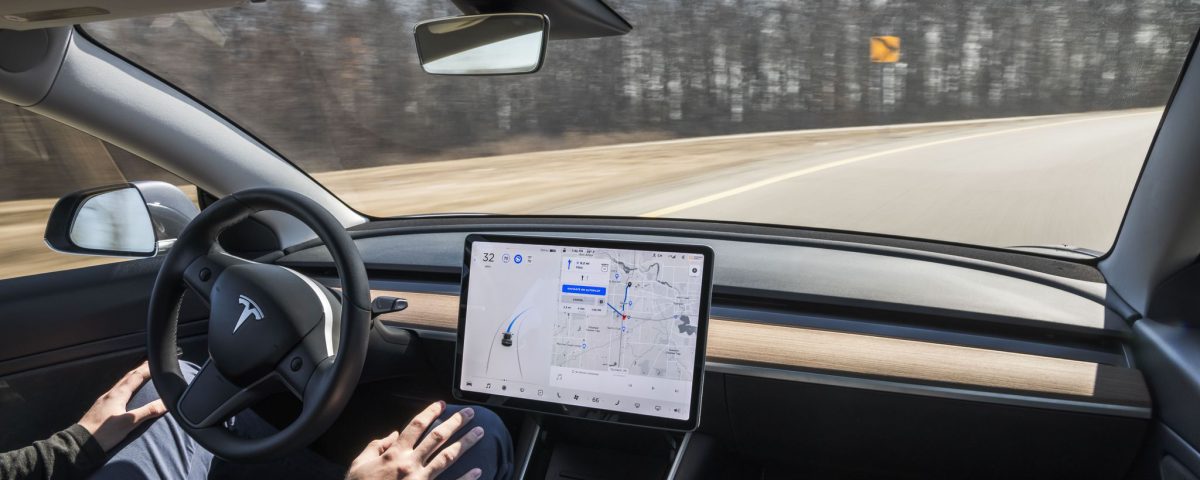Gig economy has caught a lot of attention in recent years. It can be defined as a labor market in which employers rely heavily on independent contractors and freelancers rather than full-time permanent employees (Chappelow, 2019). Growth of the gig economy is being fueled by digital platforms that allow contractors to connect with employers. Gross volume of the gig economy in the United States is projected to reach 455 billion U.S. dollars in 2023 (MasterCard, 2019). Currently, there are over 70 million freelancers in the US and they are forecasted to make up more than half of the country’s workforce in 2027 (Upwork, 2017).
Uber and Airbnb are the companies that are getting the most attention, however, the complexity of work done through freelancing is limited not only to transportation and accommodation industries. Very exciting part of the freelancing market are freelancing platforms which allow professionals from different fields to connect with exciting opportunities from all around the world and earn additional or even the main source of income. Some of the most popular skill areas for digital freelancers include IT, design, sales, marketing, writing, customer support, finance, engineering and legal. There are multiple platforms that allow for professionals to connect with companies, namely Toptal, Fiverr, Freelancer.com and Upwork. The last one is currently dominating the market, so it will serve as a basis for this evaluation.

Being a digital platform, Upwork facilitates the interactions between companies and freelancers. What made the company such a success story are its additional functionalities that make the process of signing the contract safe and simple. Firstly, hiring companies can see the portfolios of freelancers which serve as proof of the quality of their work. Additionally, employers bear any costs only after the work has been approved by them, so the risk of having to pay for work of inadequate quality is reduced virtually to zero. Moreover, the company emphasizes its focus on data security and privacy (Upwork, 2022). All these factors contribute to the fact that the average rating of professionals by clients stands at 4,9 out of 5. Main company’s values – freedom from the physical office, flexibility and efficiency – don’t come without their shortcomings (Popiel, 2017). Notable trade-offs of freelancing on the platform include the infrequency of work, intense global competition and barriers to high wages (Popiel, 2017).
Is freelancing the future of working, though? In 2020 the freelancers on Upwork earned $2.3 billion cumulatively – given the fact that there are millions of contractors registered on the platform, it does not seem like much (Upwork, 2022). My prediction is that freelancing will be becoming increasingly important in the coming years, but we won’t see 9-5 jobs coming away anytime soon. I believe that stable, indefinite employment contracts with all benefits that come with them will still be of preference for the substantial part of workers.
References
Chappelow, J. (2019). Gig Economy. [online] Investopedia. Available at: https://www.investopedia.com/terms/g/gig-economy.asp.
MasterCard. (2019). Projected gross volume of the gig economy from 2018 to 2023 (in billion U.S. dollars). Statista. Statista Inc.. Accessed: October 09, 2022. https://www.statista.com/statistics/1034564/gig-economy-projected-gross-volume/
Popiel, P. (2017). ‘Boundaryless’ in the creative economy: assessing freelancing on Upwork. Critical Studies in Media Communication, 34(3), pp.220–233. doi:10.1080/15295036.2017.1282618.
Upwork. (2017). Number of freelancers in the United States from 2017 to 2028 (in millions). Statista. Statista Inc.. Accessed: October 09, 2022. https://www.statista.com/statistics/921593/gig-economy-number-of-freelancers-us/
Upwork. (2022). Upwork | Hire Freelancers. Make things happen. [online] Available at: https://www.upwork.com.




